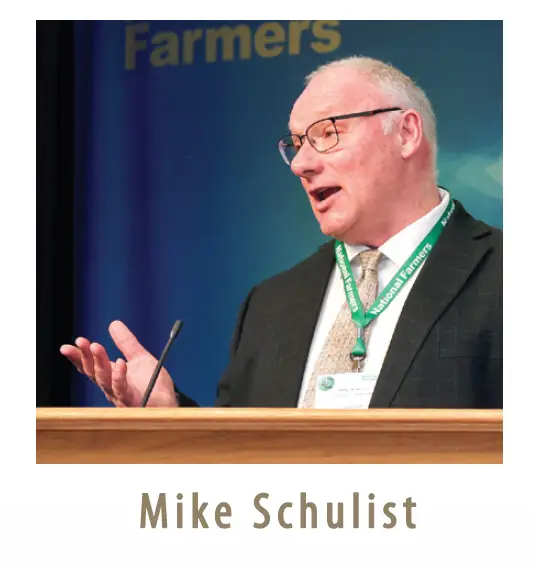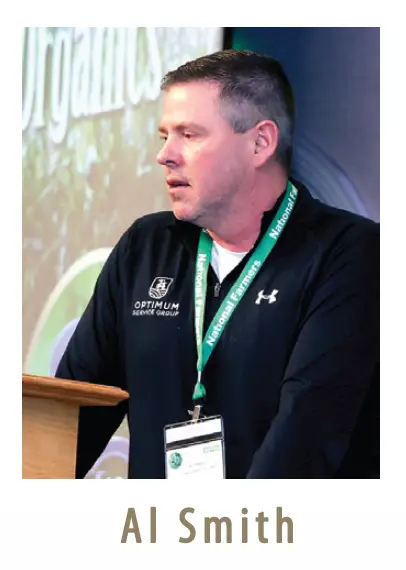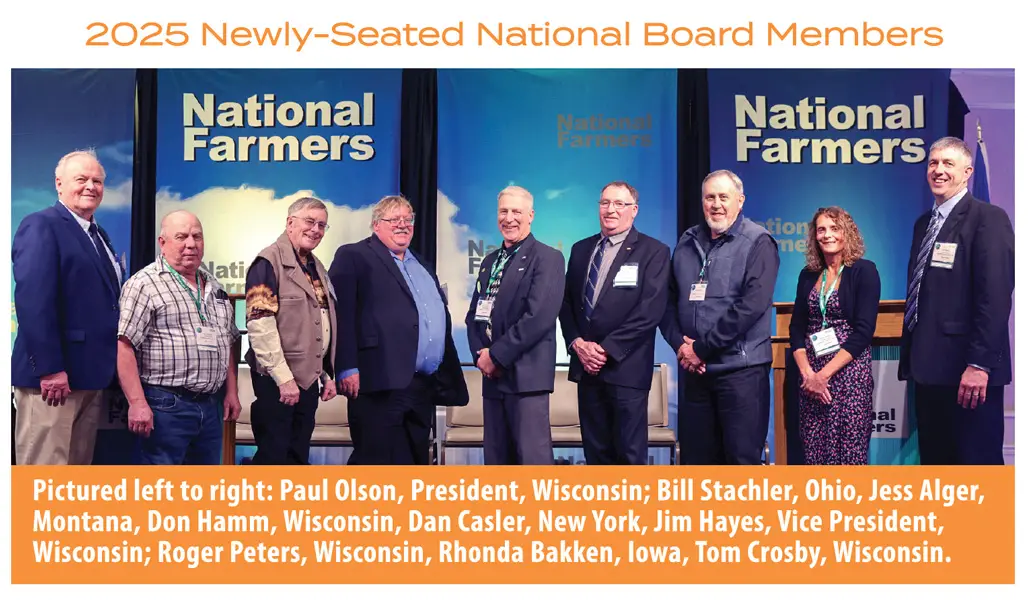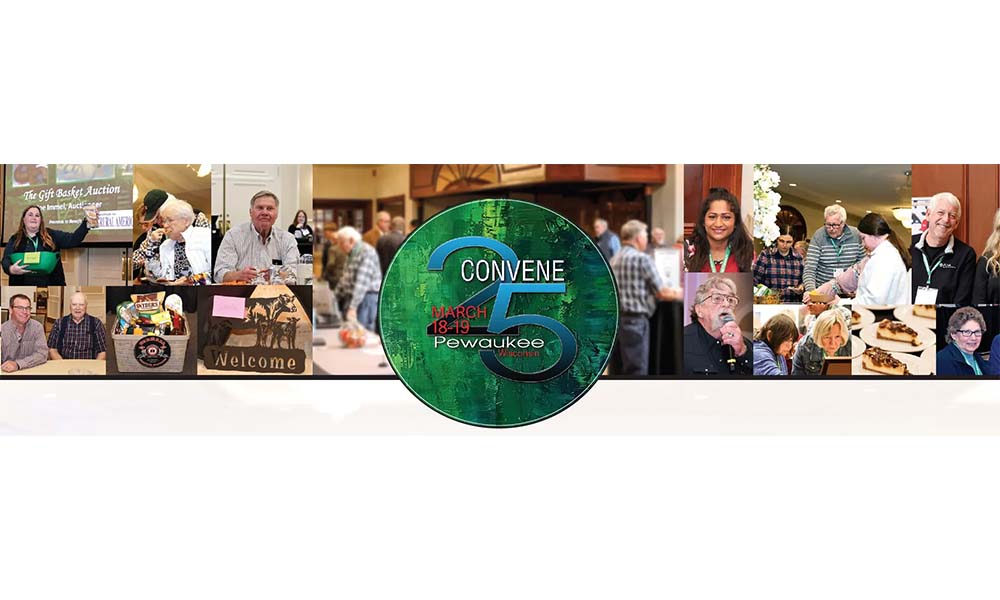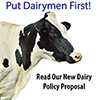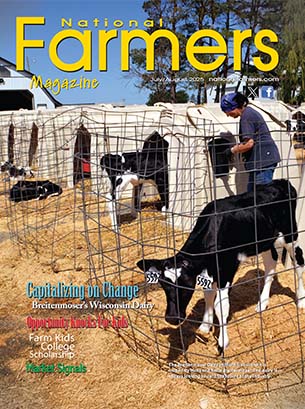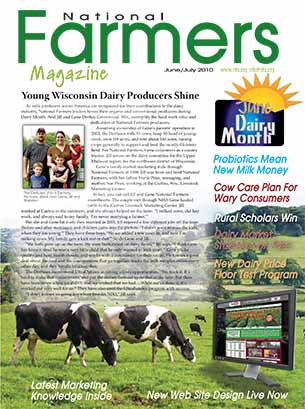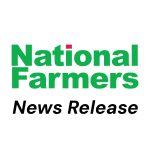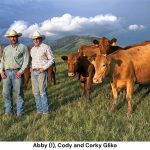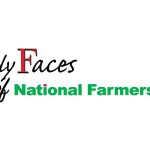Convene ’25 Offers Members Knowledge, Camaraderie
At National Farmers annual winter meeting March 18, President Paul Olson thanked attendees traveling to Pewaukee, Wisconsin, and he welcomed those watching via livestream on the organization’s website. National Farmers board of directors voted two years ago to livestream the event to members who can’t get away from their operations to attend the meeting in person.
Olson said he expects 2025 will be one of the most stressful years for producers that he’s seen in decades. He compared being a farmer to a professional bronco rider, telling everyone to hang on because it could be a rough ride.
Vice President Jim Hayes thanked staff for their work in making 2024 an excellent year. He said 2025 will certainly present its share of challenges and told members that National Farmers staff will do their very best to help and advise farmers, but ag marketing conditions could change very quickly.
For more than a decade, Paul Olson has presented his President’s Award to members, staff members, or consultants of National Farmers at the organization’s annual convention. This year he honored retired attorney Larry Waldoch who served as the organization’s attorney for more than three decades. Olson also presented National Farmers Dairy Director, Brad Rach, with his Award for Outstanding Service. Rach has led the Dairy Division since 2003.


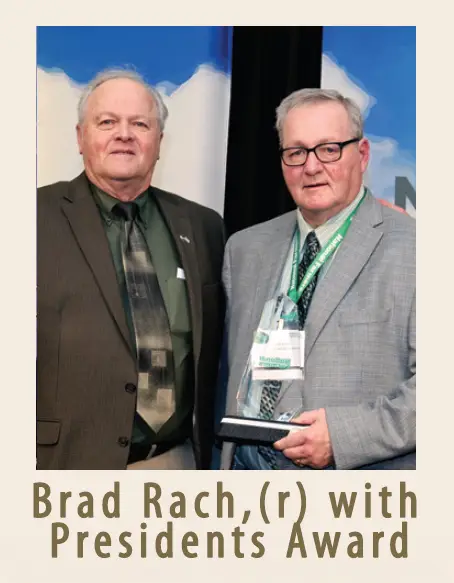

Stranz Updates Members On D.C. Ag
Mike Stranz, National Farmers Union Vice President of Advocacy, spoke to members about the state of agriculture in the nation’s capitol.
He said there is a great deal of change from a shift in farm/food policy over the previous administration. He pointed out NFU is concerned about passing legislation with a tight House division between Republicans and Democrats. He highlighted new USDA leadership with Ag Secretary Brooke Rollins and noted she will have a tough time navigating policy positions with budget cuts and government restructuring.
Stranz emphasized his priority for Farmers Union:
- Increasing and reforming reference commodity prices
- Focusing on farm safety programs – ARC and PLC, Dairy prices
- Maintaining consistent disaster programs and the need for inclusion in the Farm Bill
- Assessing the impact of tariffs on competitive market growth
- Increasing funding for conservation programs
- Paying more attention to food security and nutritional programs
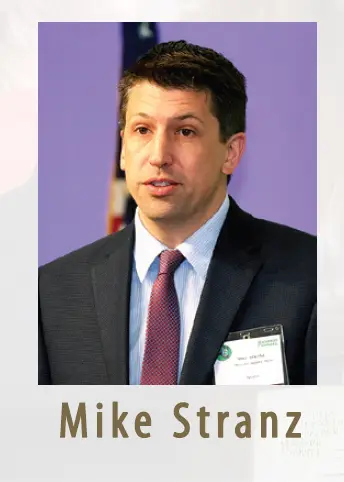
Organic Valley’s Dahl Speaks About Sustainable Prices
At Convene ’25 on Tuesday afternoon, Director of Dairy Handling and Supply at CROPP Cooperative, Chris Dahl spoke about family farms and the challenges they face. He outlined how OV is planning to help family farms gain sustainable prices to help combat those challenges.
He said OV is focused on four main areas now.
- Succession – passing on the farm, increasing interest of young farmers, keeping cows in their program and assisting family farms to thrive
- Growth – the growth of members’ farms
- Sustainability – pay price core values; farmer governance unites producers and gives purpose and belonging
- Financial health– for both members and the Co-op, reducing the business debt of OV and investing that money into pay prices
Dahl said CROPP was created by family farmers and operates to serve them. 84 percent of members have 100 cows or less, and out of 1437 total farms, 800 are National Farmers members.


Farm Author Reisinger Speaks On Rural America
Wisconsin native, journalist, public policy advocate and author Brian Reisinger told members in Pewaukee, Wisconsin, he lives to tell stories of rural America and bring attention to family farmers.
Author of the book: Land Rich Cash Poor – My Family’s Hope and the Untold Story of the Disappearing American Farmer, said part of the problem leading to drastically lower farm numbers is that few people outside of farming think about farmers or understand what is happening in rural America. “The economy is leaving farmers, particularly small farmers, behind,” he said.
Three reasons the U.S. is losing farms at a rate of 45,000 each year:
- Farming economics don’t support family farms
- Government policy doesn’t understand what impact those policies have on producers or even why
- Technology is working to push small farms out of business, while not giving lower acreage producers usable tech to help increase sustainability, profitability and efficiency
Dairy Division Talks National Farmers Growth, Federal Orders and Bird Flu
On Commodity day, in Pewaukee, Wisconsin, National Farmers Dairy Director Brad Rach spoke about this year’s list of the Top 50 milk cooperatives in the United States. He said it showed that total farmer membership in the Hoard’s Top 50 was down by almost 2,000 farms in a single year.
But the 18th largest organization on the list bucked the trend — National Farmers.
The organization’s numbers for both members and volume increased. The Hoard’s list ranks cooperatives based on the volume of milk marketed. Rach pointed out that if they considered how many farms each cooperative represents, the rankings would place National Farmers at number three.
Only two cooperatives on the list have more members than National Farmers and one of those two is a testing cooperative.
Rach also spoke about about the organization’s Always Family Farm project at Convene ‘25. He said the family farm identity is claimed by a myriad of products produced on all sorts of farms.
Rach said a survey National Farmers commissioned last year showed what consumers want in a family farm is a perfect match for the farmers the organization represents. He introduced Emily Mullen, who milks 60 cows in Okeana, Ohio, just north and west of Cincinnati. She also operates a creamery that has started carrying the Always Family Farms label on its products.
Also on Wednesday, Lesley Ollies presented on Federal Milk Marketing Order changes after USDA’s final rule. She focused on five changes impacting farmers in the industry.
- Milk composition factor – Class III and IV changes to skim milk will increase milk prices. The Class III skim increases by 83 cents. Class IV skim increases by 30 cents
- Surveyed commodity products – the cheddar barrel is removed from the protein formula. It is hard to calculate the effects but may add 83 cents
- Class III & IV formula factors raised to reflect an increase in processing costs. Make allowances will negatively impact producer payments
- Base Class I skim milk price – it goes back to the higher-of formula
- Class 1 & II differentials – retain $1.60 base, impact still unknown. There were 37 counties that did have changes
Michael Mackey, director of operations and California regional director, spoke about avian flu and it’s impacts on dairy producers. He said H5N1 Influenza A impacts primarily wild aquatic birds and domestic birds but has impacted other species including fox, bear, seal, tiger, dogs and cats, as well as cows.
He pointed out the disease was prevalent on the west coast before spreading across the U.S. Mackey said the organization is losing 70 loads of production a month in California.
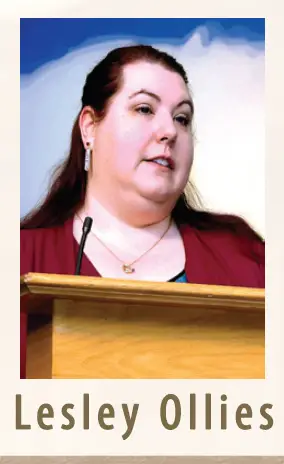



Lampert, Rose Focus On Cattle Markets
National Farmers Director of Livestock Pat Lampert and Contract Coordinator, Jeff Rose, discussed cattle markets with members at Convene ’25. Lampert said April futures look to be a little lower than market highs for 2025.
He reminded members prices typically weaken in summer but high demand and low supply could keep prices higher this year. But he cautioned listeners that even with high prices producers must pay extra attention to input costs – and ensure return on their investment with futures contracts.
He updated members about packing plants, saying a plant killing 500 cows a day closed in S.D., but a new plant will open near St. Louis to kill 2,300 daily. Rose said packers will slow their kill rates if prices continue to rise. On the topic of tariffs, he said if they are put into effect, Canadian cattle coming into the U.S. will slow, which will be good for America’s producers.

Grain Division Reports On Conventional, Organic Markets, Crop Insurance
Grain Division head Harold Walker spoke to members about conventional grain markets, saying price volatility has increased, making it more difficult for producers. He said his marketers have seen as much as a 20 cent shift in prices during a single day, and they try to work those peaks in the market to the benefit of Grain Marketing Plus producers.
Walker also stressed the importance of members using National Farmers’ contracting programs.
He underscored that producers really need more definition in the market regarding tariff decisions and a new Farm Bill. He believes ag producers suffer the most harm from tariffs.
In the organic market, head of NForganics Marketing Adviser, Mike Schulist detailed the benefits for organic members when selling with National Farmers. He listed those reasons to market with NForganics:
* Works in the growers best interest
* Negotiates better contract terms for growers
* Ensures contract fulfillment because National Farmers is certified, licensed and bonded in several states
*Provides quality testing for fair producer prices
National Farmers Crop Insurance representative Al Smith made producers aware that USDA’s Farm Service Agency is issuing up to $10 billion in direct payments to eligible agricultural producers for eligible commodities for the 2024 crop year through the Emergency Commodity Assistance Program (ECAP).
These one-time economic assistance payments will help commodity producers mitigate the impacts of increased input costs and falling commodity prices. Smith suggested producers explore the ARC/ PLC crop insurance option this year.
He said it appears ARC might provide good payments. He also commented that the Enhanced Coverage Option (ECO) is a new crop insurance option providing additional area-based coverage for a portion of your underlying crop insurance policy.
Convene ‘26 is slated for March 17-18 at the Isle Casino in Bettendorf, Iowa.

